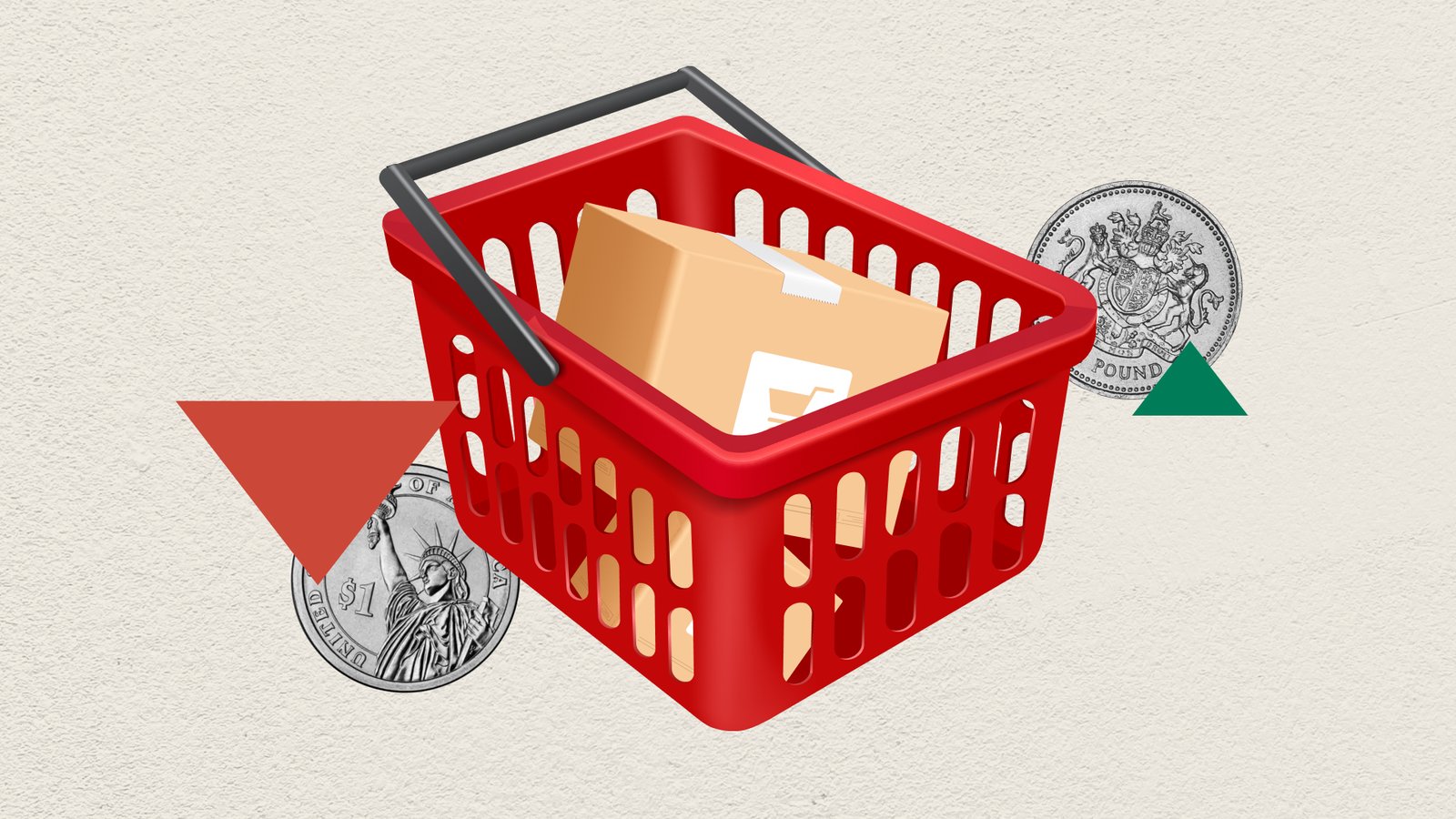What is CPI and how does it measure inflation?
Key indicators for assessing inflation and economic stability

CPI stands for Consumer Price Index, and it is a commonly used measure of inflation. It is a crucial economic indicator that helps assess the cost of living and the purchasing power of a currency.
Central banks and policymakers use the CPI as a guide for adjusting monetary policy and making decisions related to interest rates and economic stability.
It provides a snapshot of inflation trends and helps individuals, businesses, and governments make informed decisions regarding budgeting, investment, and economic planning.
Consumer Price Index (CPI)
Stands as a fundamental metric in measuring inflation, playing a pivotal role in evaluating the cost of living and the purchasing power of a currency. Widely adopted by central banks and policymakers, CPI guides decisions on monetary policy, interest rates, and economic stability.
Core CPI
Or Core Consumer Price Index, is a variant of the Consumer Price Index (CPI) that excludes certain volatile elements to provide a more stable measure of inflation. The purpose of using core CPI is to focus on the underlying, persistent inflation trends by excluding temporary factors that may cause short-term fluctuations in prices.
This can be particularly useful for policymakers and economists when making decisions about monetary policy because it helps identify more persistent inflation trends. However, even core CPI can be influenced by other factors, and different countries may have variations in how they calculate and define core inflation.
Here's a breakdown of the components:
Core CPI: This version of the CPI excludes food and energy prices. Food and energy are considered more volatile and can be influenced by factors such as weather conditions, geopolitical events, and commodity price fluctuations.
Headline CPI: The standard CPI includes all goods and services, including food and energy. It reflects the total change in prices experienced by consumers for a broad range of items.
How does CPI measure inflation?
Basket of Goods and Services
The CPI is based on a representative basket of goods and services that reflects the typical spending patterns of urban consumers. This basket is composed of various items, and the quantities are adjusted periodically to account for changing consumer preferences.
Price Collection
The prices of the items in the basket are then collected at regular intervals. This could be monthly, quarterly, or annually, depending on the specific requirements of the CPI calculation.
Weighting
Not all items in the basket have the same significance in terms of consumer spending. Some items are more commonly purchased than others. Therefore, each item in the basket is assigned a weight based on its importance in the average consumer's budget.
Index Calculation:
The result is an index number that represents the relative change in prices compared to a base year. The base year is usually chosen as a reference point to which all other years are compared.
Inflation Rate Calculation:
The percentage change in the CPI over a specific period reflects the inflation rate. A higher CPI indicates a rise in the average price level, suggesting inflation, while a lower CPI signals deflation or a decrease in the average price level.









